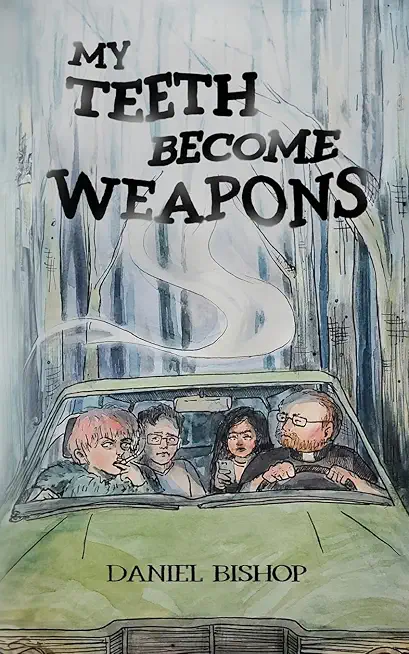
description
ory of Buffalo Creek in the aftermath of a devastating flood. On February 26, 1972, 132-million gallons of debris-filled muddy water burst through a makeshift mining-company dam and roared through Buffalo Creek, a narrow mountain hollow in West Virginia. Following the flood, survivors from a previously tightly knit community were crowded into trailer homes with no concern for former neighborhoods. The result was a collective trauma that lasted longer than the individual traumas caused by the original disaster. Making extensive use of the words of the people themselves, Erikson details the conflicting tensions of mountain life in general--the tensions between individualism and dependency, self-assertion and resignation, self-centeredness and group orientation--and examines the loss of connection, disorientation, declining morality, rise in crime, rise in out-migration, etc., that resulted from the sudden loss of neighborhood.
member goods
No member items were found under this heading.
notems store

Der Koran: Ãœbersetzung seiner Bedeutungen ...
by Bubenheim, Abdullah As-Sand#257;mit Frank
Paperback /Paperback$19.25
Return Policy
All sales are final
Shipping
No special shipping considerations available.
Shipping fees determined at checkout.






